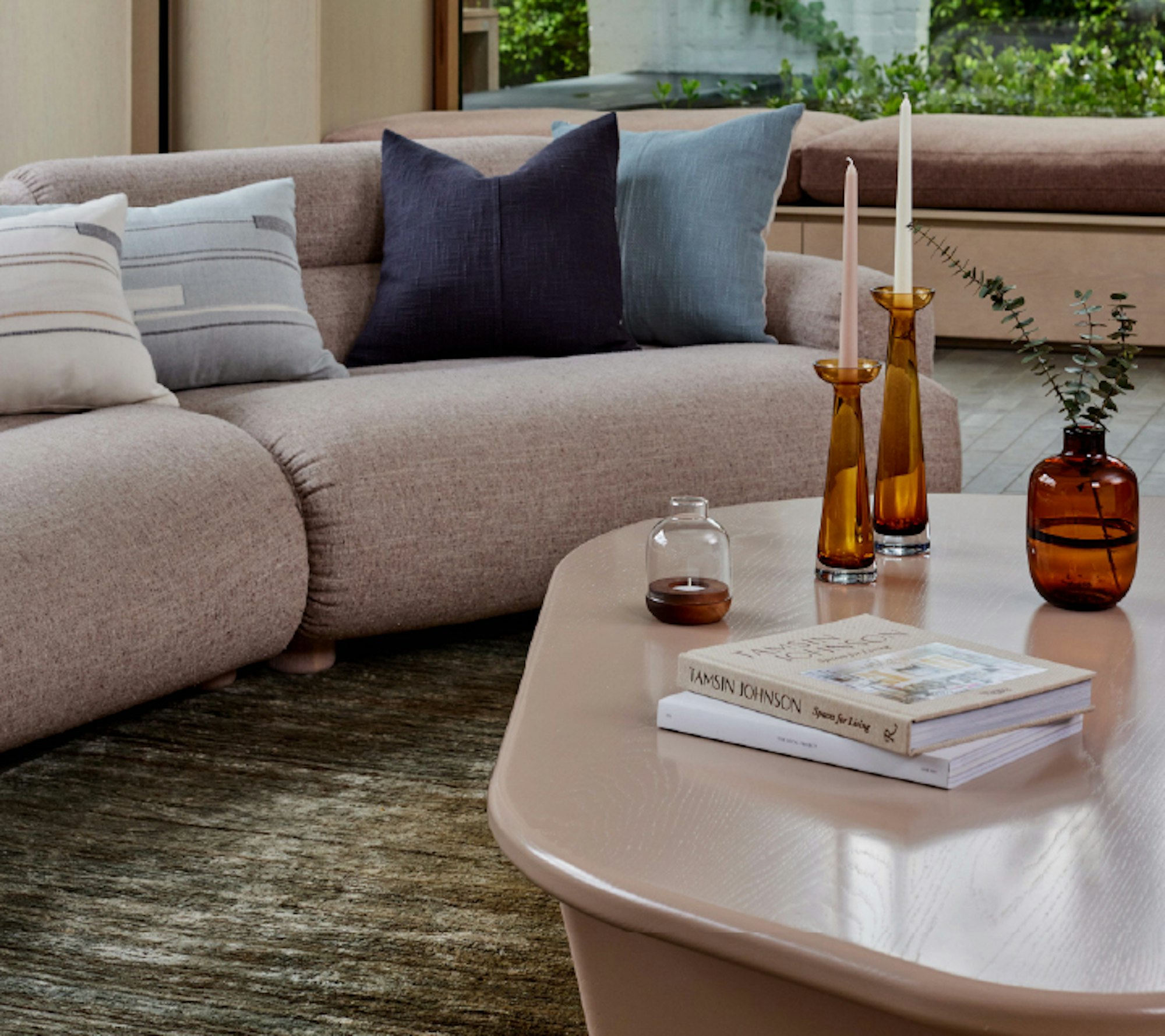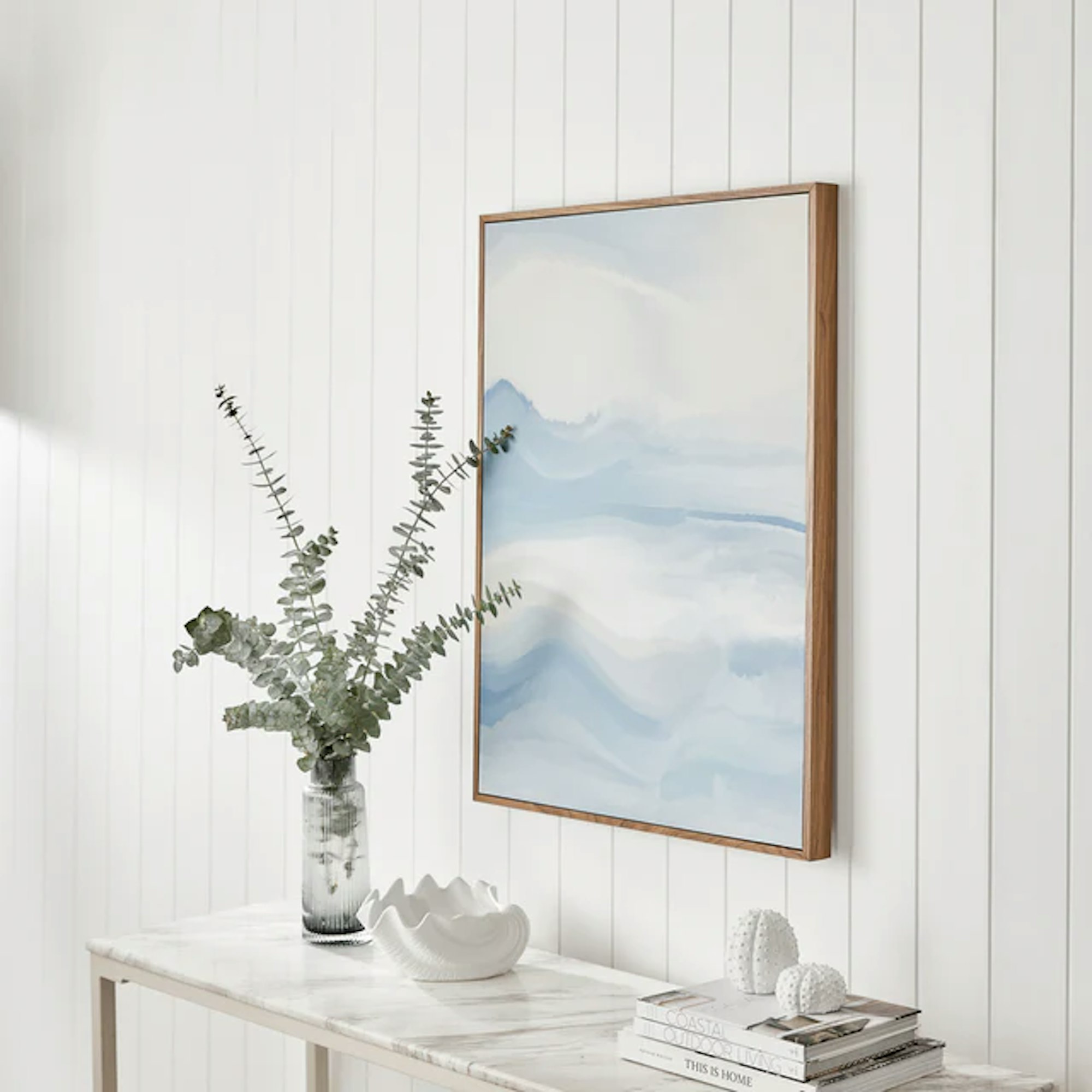Understanding Home Interior Design Styles

The art of transforming a house into a home involves more than just selecting furniture and painting walls; it requires a deep dive into the realm of interior design styles. Understanding and choosing a specific design style is pivotal for several reasons. This guide will introduce some of the most popular styles in today's design landscape.
Why Choosing an Interior Design Style is Crucial
1. Cohesiveness
A consistent design style serves as a blueprint for your home decor, ensuring every room flows smoothly into the next. This cohesiveness is crucial for creating an environment that feels balanced and thoughtfully curated rather than a disjointed collection of individual items.
2. Makes Choosing Pieces Easier
Having a clear design direction simplifies the decision-making process. It narrows down the vast array of furniture, textiles, and accessories to those that align with your chosen style, making shopping for your home less overwhelming and more focused.
How to Choose an Interior Design Style.

1. Reflect on Your Home's Architecture or Existing Style
Your home's architectural style can be a natural guide for your interior. A mid-century modern home might lend itself well to modern or minimalist interiors, while a Victorian home might call for more traditional or eclectic choices.
2. Personal Preference
Your home should reflect your personality and lifestyle. Consider what colours, textures, and furnishings make you feel most comfortable and happy. Your personal taste should be the cornerstone of any design decision.
3. Consider the Current Colours of Your Home
The existing colour palette in your home can influence your choice of interior design style. Neutral colours might lean towards modern or minimalist, while vibrant walls might invite a more eclectic approach.
Common Interior Design Styles
1. Transitional
Transitional home interior design style masterfully combines elements from both traditional and contemporary designs to create a balanced, timeless aesthetic. Clean lines and minimal ornamentation from contemporary design marry beautifully with the warmth and comfort of traditional elements, such as plush fabrics and wood finishes. This style focuses on simplicity and subtlety, avoiding the extremes of too ornate or too stark, to achieve a serene and cohesive look.
How to Achieve a Transitional Interior Home Style
Creating a transitional home interior requires a careful selection of furniture and decor that reflects both modern and traditional elements.
- Start with a neutral base for walls and large furniture pieces, such as sofas and beds, in shades of beige, taupe, grey, or white. This neutral backdrop allows for flexibility in introducing accent pieces that add character and interest.
- Incorporate textural elements through fabrics like velvet, silk, or linen, and add warmth with wood in various finishes for furniture and flooring.
- Lighting should be simple yet sophisticated, with fixtures that have clean lines but a hint of classic design.
- Decorative accessories should be kept to a minimum to maintain the uncluttered, calming vibe of the space.
2. Traditional
The traditional home interior design style is characterised by its classic and timeless appeal, drawing inspiration from the 18th and 19th centuries in Europe, particularly from the English and French countryside. This design style emphasises elegance, comfort, and a sense of harmony. It includes rich wood tones, ornate architectural details such as crown moulding and wainscoting, and a refined colour palette often featuring deep reds, greens, blues, and neutrals.
Furniture pieces are usually substantial and classic, with an emphasis on symmetry and order, often featuring intricate details like tufting, claw feet, and carved wood accents. Fabrics tend to be luxurious yet inviting, with patterns such as florals, plaids, and stripes.
How to Achieve the Traditional Interior Home Style
To create a traditional home interior design in your own space, start by focusing on the colour scheme and architectural details.
- Choose soft, muted tones for the walls to serve as a backdrop for more elaborate furnishings and art.
- Incorporate architectural elements like crown moulding, chair rails, or panelling to add depth and character to the rooms.
- When selecting furniture, opt for pieces with a sense of history and craftsmanship, such as an antique wooden dining table or a classic leather armchair. Look for textiles with rich textures and patterns to add warmth and interest to the space.
Accessorise with items that have a classic appeal, such as crystal chandeliers, ornate mirrors, and traditional artworks.
3. Modern
Modern home interior design emphasises simplicity, clean lines, and a monochromatic colour palette with pops of colour for accent. This design style leans heavily on the idea of form following function, meaning that every piece of furniture and decor is chosen not just for its aesthetic appeal but also for its practicality and purpose.
The key elements of modern design include minimalism, a lack of clutter, and the use of materials that can include metal, glass, and steel, which contribute to the overall feeling of sleekness and spaciousness. The colour scheme typically involves neutral shades such as white, beige, and grey, with bold colours used sparingly to draw attention or create focal points. Textures also play a crucial role, with smooth surfaces often juxtaposed against textured elements to add depth and interest without overwhelming the space.
How to Achieve the Modern Interior Home Style
Creating a modern home interior design involves decluttering spaces and adopting a minimalist approach to furnishings and decor.
- Start by selecting pieces of furniture that have simple, geometric shapes and are of high quality to ensure they stand the test of time both in terms of style and durability.
- Incorporate built-in storage solutions to maintain a clutter-free environment, which is essential for achieving the signature look of modern design.
- Lighting is another critical aspect; opt for fixtures with clean lines and consider using a mix of overhead, ambient, and task lighting to enhance the functionality and aesthetic of each room.
- To inject personality into your space while keeping with the modern theme, add carefully selected art pieces or accessories that feature bold colours or interesting textures.
4. Eclectic
Eclectic home interior design is a vibrant and harmonious blend of various styles, textures, and colours, creating a unique and personalised space. At its core, the key element of eclectic design is the thoughtful and intentional mix of different design periods and styles, unified by colour, texture, or shape, to achieve a cohesive look.
This design style celebrates individuality, allowing for a highly personalised space that reflects the homeowner's tastes, travels, and experiences. To master the eclectic style, one must have a keen eye for balance and harmony, ensuring that despite the diversity of elements, the space feels connected and purposeful rather than chaotic.
How to Achieve the Eclectic Interior Home Style
Creating an eclectic home interior requires a mix of old and new, blending antique pieces with contemporary design for a rich, layered look.
- Start by choosing a neutral base for walls and large furniture pieces, which will serve as a canvas for your eclectic mix.
- Then, introduce elements from different eras and styles through accent pieces, such as vibrant rugs, unique artwork, and a mix of fabric textures.
- Remember, the goal is to create a sense of balance and unity, so while mixing patterns and colours, maintain a common thread that ties the room together, such as a consistent colour palette or material.
- Lighting also plays a crucial role in eclectic design, with a mix of modern and vintage fixtures adding character and depth to the space.
5. Contemporary
Contemporary home interior design is a reflection of the now, characterised by simplicity, subtle sophistication, deliberate use of texture, and clean lines. It often incorporates the latest trends while maintaining a sense of warmth and accessibility. The key element of contemporary design is its emphasis on space rather than things.
This design style celebrates open floor plans that flow seamlessly from one room to another, generous use of natural light through large, often floor-to-ceiling windows, and a thoughtful selection of materials that are as much about function as they are about form. Materials could include elements like glass, steel, and concrete, which are complemented by wood and other natural fibres to add warmth and texture. The colour palette in contemporary design leans towards neutrals, black, and white, allowing for the architecture and furniture to stand out as focal points.
How to Achieve the Contemporary Interior Home Style
Creating a contemporary home interior requires a mindful approach to both space planning and selection of materials and colours.
- Begin by decluttering the space to achieve the clean, open feel that is fundamental to this style.
- Opt for furniture with simple, clean lines and neutral colours, but don't be afraid to introduce a splash of colour through artwork or a single piece of bold furniture to add a layer of interest and personality.
- Lighting plays a crucial role; choose fixtures that are both functional and sculptural to complement the minimalistic aesthetic.
- Incorporate textures through rugs, throw pillows, and natural elements like plants to add warmth and comfort.
- Remember, the contemporary style is all about expressing the present moment, so include pieces that speak to current trends but also have personal significance, ensuring your home feels both modern and inviting.
6. Minimalist
Minimalist home interior design is characterised by its simplicity, clean lines, and a monochromatic palette, often accented with a minimal use of colour. The key elements of this design style focus on functionality and the philosophy of "less is more." Furniture and decor are kept to a minimum, emphasising open spaces and uncluttered environments.
This design style not only aims for an aesthetically pleasing look but also promotes a sense of tranquillity and order. Materials often used in minimalist interiors include glass, metal, and steel, which contribute to a sleek and modern aesthetic. Textures are also important in minimalism, adding depth and interest to the space without overwhelming it with patterns or colours.
How to Achieve the Minimalist Interior Home Style
Creating a minimalist home interior design involves thoughtful consideration of each item's purpose and place within the space.
- To achieve this look, start by decluttering each room, removing unnecessary items, and keeping only what is essential or brings joy.
- Opt for quality over quantity, choosing pieces that are both functional and stylish.
- Furniture should have a simple design and be of a neutral colour palette, allowing the space to feel open and airy.
- Decorations should be minimal, with a focus on clean lines and geometric shapes.
- Artwork can be used as a focal point in a room, but it should be selected carefully to ensure it complements the tone and materials of the space.
- Lighting is another critical aspect, with an emphasis on natural light to enhance the sense of space and openness.
Understanding and choosing an interior design style is the first step in creating a home that reflects your personality and suits your lifestyle. There's a world of options out there, whether you're drawn to the clean lines of modern design, the rich history of traditional decor, or the boldness of eclectic style. Remember, the goal is to create a space that feels uniquely yours.
Ready to bring your interior design vision to life? Explore our diverse collection of stylish home decor, furniture and more at MyHouse and find the perfect items to complete the look of your dream home.
Back to blog


